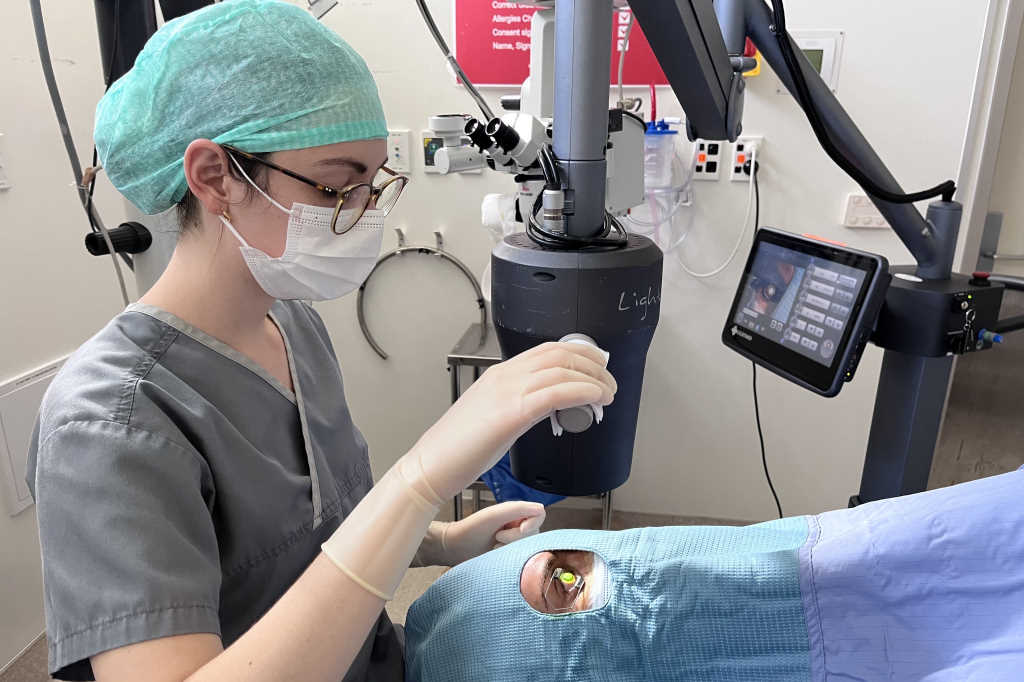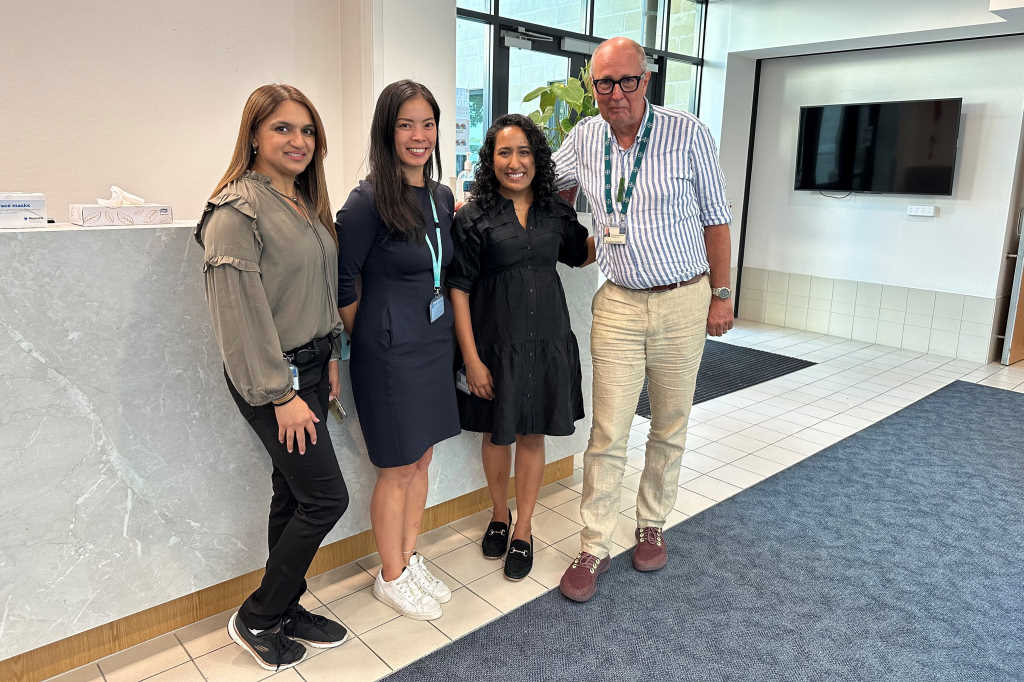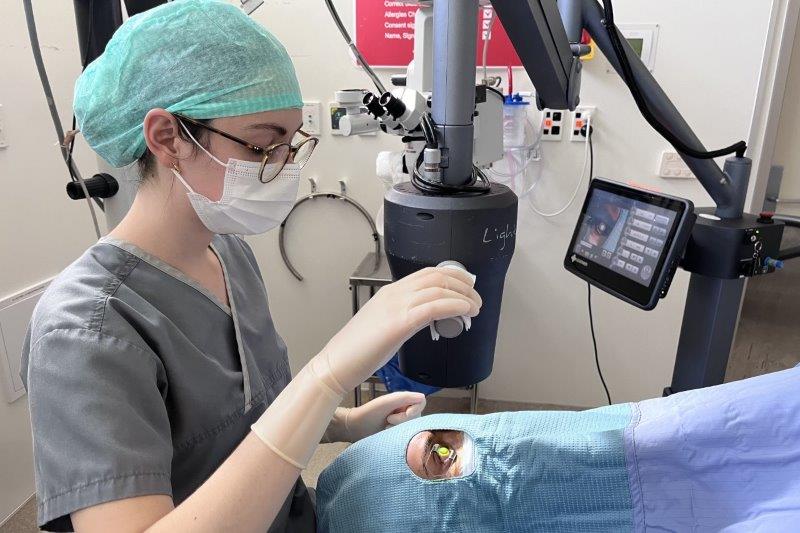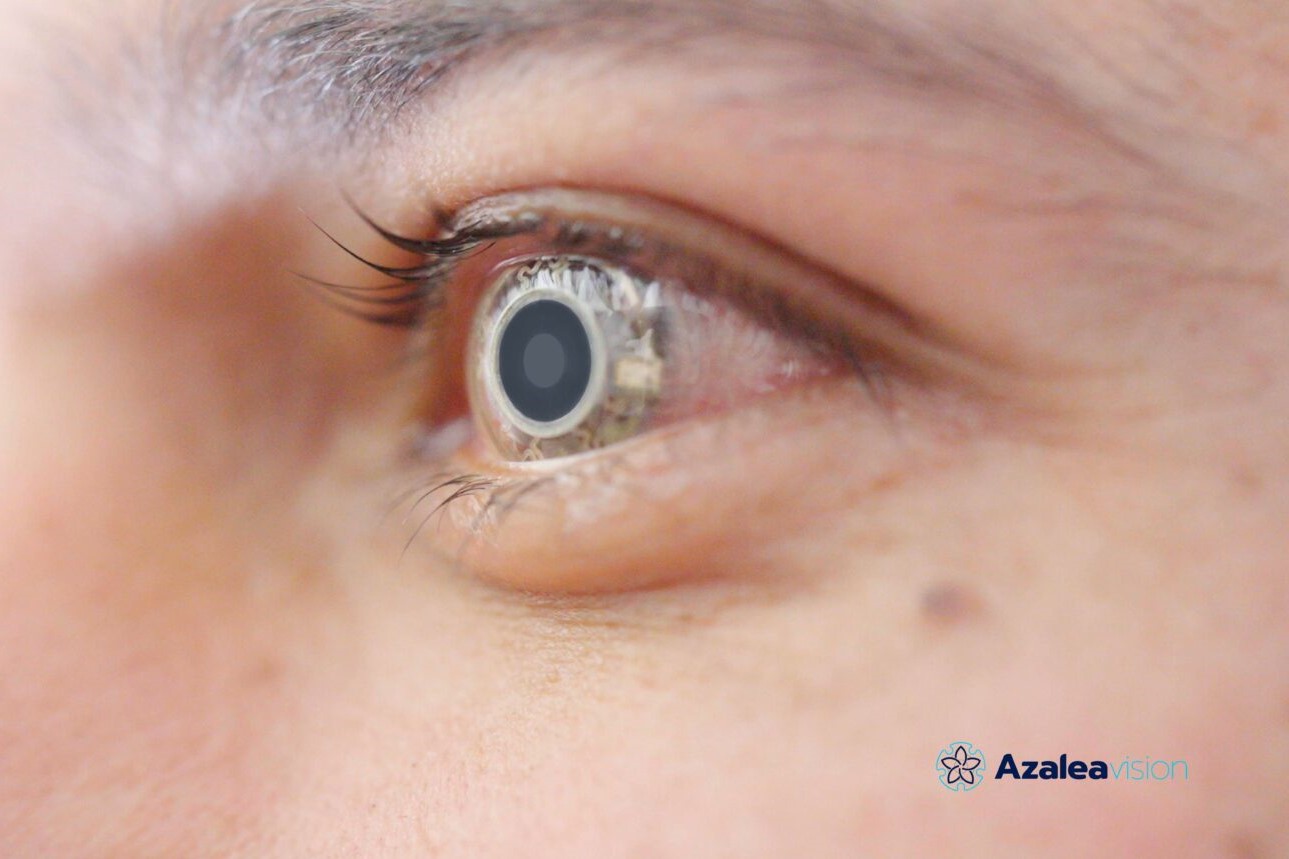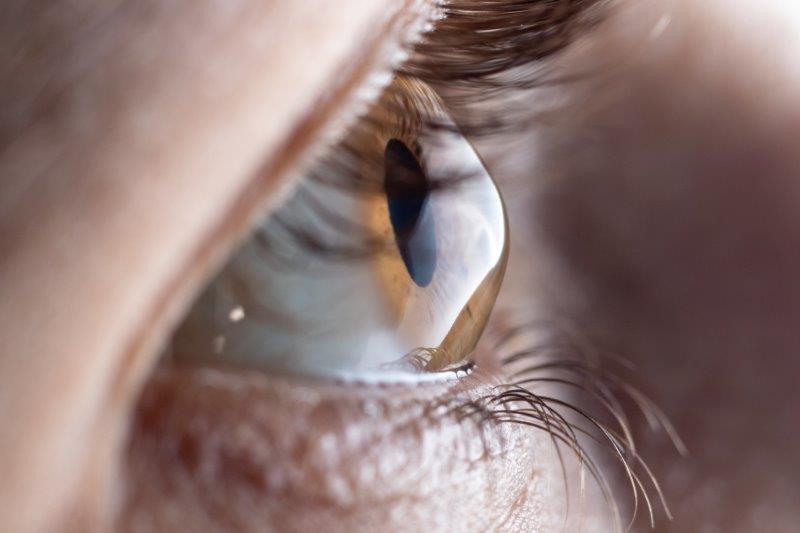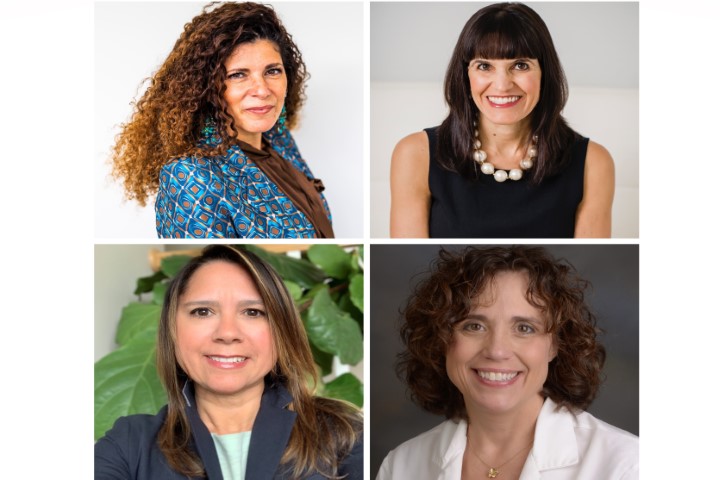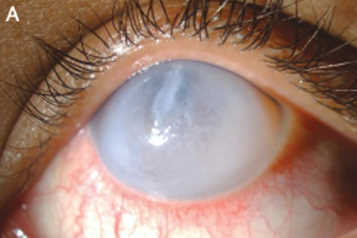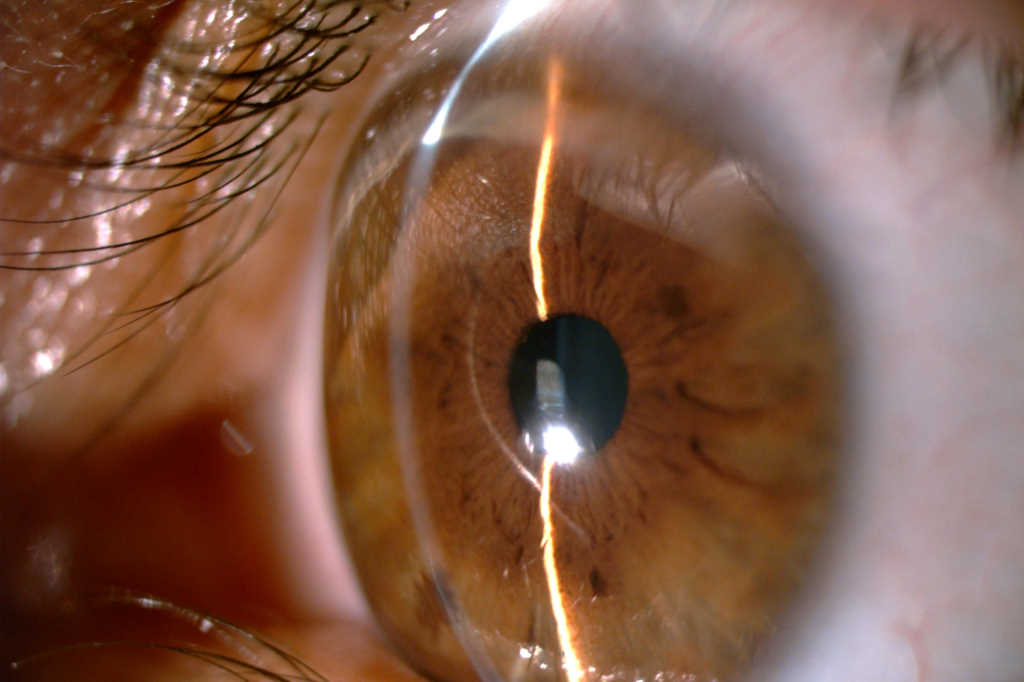LETTER: Keratoconus management in NZ
Kia ora Drs Lize Angelo and Akilesh Gokul and congratulations on your paper, ‘Current state of keratoconus management in New Zealand’ (published in NZ Optics’ April 2024 issue) and the important contribution you are making to the care of keratoconus patients in Aotearoa. You imply on several occasions that assessment of keratoconus assessment and corneal crosslinking (CXL) is a ‘tertiary centre’ procedure. My comment is that several provincial ‘secondary care’ ophthalmology centres have well established keratoconus and CXL services, and I would suggest that if we are going to reduce the inequity in keratoconus outcomes it is essential that assessment and care are provided as close to home as feasible. Every provincial ophthalmology department should have corneal tomography available and most should provide access to CXL. Corneal crosslinking uses relatively cheap equipment that is portable, so there is no barrier to implementing this treatment in every ophthalmology department. Keep up the good work.
Response from co-author Dr Akilesh Gokul
Thank you for your comments and we agree entirely with your statements. ‘Secondary care’ is key to improving inequity in keratoconus and crosslinking care delivery, and it is encouraging to hear this already occurs in several provincial centres. Indeed, the relatively low cost, especially when considering the cost-to-benefit ratio, of corneal tomography and other crosslinking equipment should not be a barrier to crosslinking being performed in most, if not all ophthalmology departments nationwide, so that care is provided as close to home as possible. We discussed how improving access to care, including moving care closer to where patients reside, should be a priority in our article ‘Keratoconus care – past, present and future’ published in NZ Optics in April 2022.







